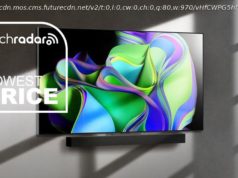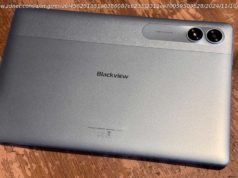Elon Musk’s Tesla has switched on the world’s biggest battery in Australia, thereby ensuring Musk didn’t lose a $50M bet.
Your lithium-ion batteries power your smartphone, laptop, and camera. Elon Musk’s powers South Australia. On December 1, a mega-battery built by Musk’s Tesla company was officially activated and is now supplying power to an electricity grid in South Australia. On Friday, RenewEconomy posted some of the results of Tesla’s efforts in Australia and they were rather impressive. Apparently, the battery’s reduced service costs by as much as 90 percent.
“In the first four months of operations of the Hornsdale Power Reserve (the official name of the Tesla big battery, owned and operated by Neoen), the frequency ancillary services prices went down by 90 per cent, so that’s 9-0 per cent,”said McKinsey and Co. partner Godart van Gendt.
In November of last year, Musk revealed that his company had fulfilled its promise to build and install what’s described as “the world’s largest lithium-ion battery” within 100 days.
In a bet made on Twitter last year, Musk said that if his company failed to meet the deadline to build the Powerpack system, he would foot the approximate $50 million bill and the South Australia government could have it for free. Tesla crossed the line with about a week to spare.
Designed to store renewable energy, Tesla’s battery, which Musk claims is three times larger than the next biggest battery, has 100 megawatts of capacity. The system is paired with the Hornsdale wind farm 120 miles north of Adelaide, operated by French renewable energy provider Neoen, and will store excess energy created by the wind turbines to be used as and when required.
The South Australia government was prompted to review its energy supply systems last year after the region was rocked by a massive storm described as a once-in-every-50-years weather event that knocked out power for 1.7 million residents. More blackouts occurred at the start of this year, with the new battery and wind farm aiming to bring such disruption to an end.
“Tesla’s Powerpack will charge using renewable energy from the Hornsdale Wind Farm and then deliver electricity during peak hours to help maintain the reliable operation of South Australia’s electrical infrastructure,” Tesla said, adding that the giant battery “will further transform the state’s movement towards renewable energy and see an advancement of a resilient and modern grid.”
State Premier Jay Weatherill was understandably delighted with the completion of the project, saying in a statement, “While others are just talking, we are delivering our energy plan, making South Australia more self-sufficient, and providing back up power and more affordable energy for South Australians this summer.”
Weatherill added, “The world’s largest lithium-ion battery will be an important part of our energy mix, and it sends the clearest message that South Australia will be a leader in renewable energy with battery storage.”
Tesla is, of course, better known for its electric cars, but its need for batteries prompted the company to diversify into this field as it continues to explore the home and commercial energy market. At the start of 2017, it began manufacturing batteries at its massive Gigafactory in Nevada, which is thought to be the largest facility of its kind in the world.
In a November tweet, Musk praised the efforts of those who built the South Australia battery. “Congratulations to the Tesla crew and South Australian authorities who worked so hard to get this manufactured and installed in record time!” the CEO wrote .
Updated on May 12: Included data regarding the battery’s success.






